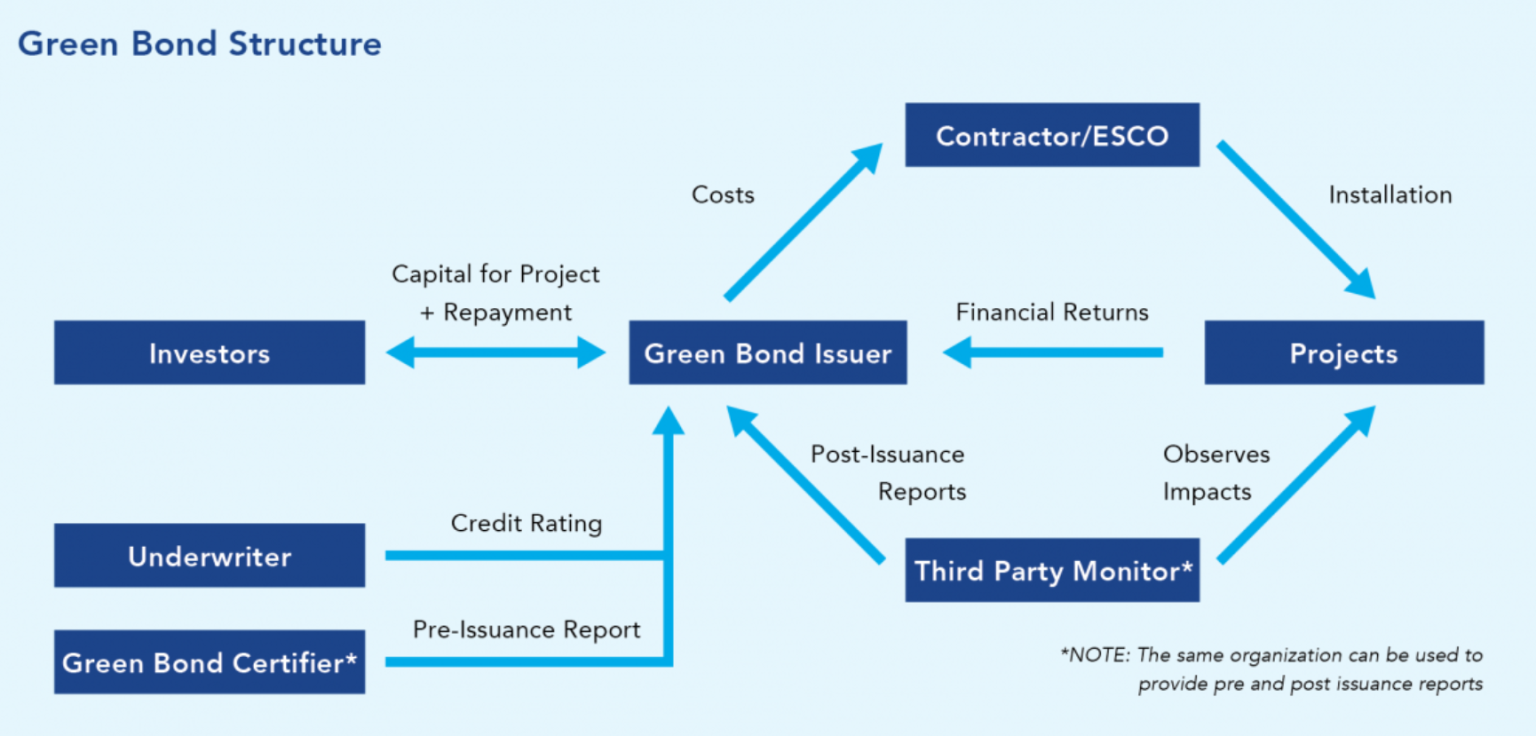What is PCG?
Private Climate Governance (PCG) arose from private sector actions that emerged to address climate change mitigation and adaptation in the absence of major federal pollution control legislation over the past three decades. Individuals, advocates, corporations, banks, investment firms, insurers, religious organizations, and civic and cultural organizations were motivated to account for climate mitigation and adaptation in their policies and operations. PCG occurs when these organizations perform the climate mitigation and adaptation functions typically assigned to governments, such as reducing carbon emissions and building community resilience.
How Companies Use PCG
In an era of partisan gridlock, lawyers, managers, and advocates have increasingly used private means to address environmental challenges like toxics, biodiversity, waste, water, land conservation, and natural resource management. For instance, 20% of the fish caught for human consumption in the world is governed by a private standard. Though government has a critical — and in some cases the only — role to play in achieving national and international environmental goals, environmental protection in the 21st century cannot be understood without private governance. Now, as climate change progresses amid governmental inaction, more private organizations are performing mitigation and adaptation functions previously reserved for public institutions. Supply chain contracting, funding, standard setting, and enforcement – all operations associated with governments – are increasingly governed by private actors.
Faculty Publications & Primers
Legal writing can be hard to understand without legal training. In the interest of broadening the reach of groundbreaking Private Climate Governance Scholarship, the PCG Lab has published brief primers for a number of papers written by affiliated faculty. We hope that these executive summaries can help readers easily and quickly digest the key concepts of these publications.
